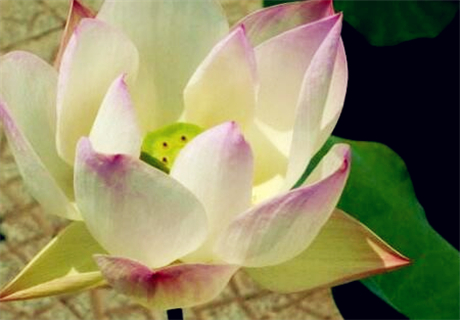Matters needing attention in planting saffron
Saffron, also known as saffron, is a common traditional Chinese medicine. Saffron has the functions of promoting blood circulation and removing blood stasis, treating amenorrhea, postpartum abdominal pain and appetizer. In fact, the planting scale of saffron in China is not large, so people do not know much about the planting technology of saffron, especially the problems that need to be paid attention to when planting saffron. So today, the editor brings you an introduction to the matters needing attention in the cultivation of saffron, hoping to help you.

1. Soil
Saffron planting soil is best selected in the sunny, good drainage, convenient irrigation, water and fertilizer conservation, soil rich in organic matter, slightly acidic or neutral humus soil. Under such soil conditions, saffron can grow normally. In particular, sticky or stagnant depression, shady land and cropping land are not suitable for saffron cultivation, which will lead to saffron growth and development, but also prone to disease.
2. Temperature
Saffron has the characteristics of warmth and cold resistance, so we should pay a little attention to the planting temperature when planting. Under normal circumstances, the temperature of the planting area should not exceed 20 degrees, but in winter, the temperature should not be lower than zero. In order to promote the growth of saffron bulbs, it is best to keep the temperature at about 15 degrees, and if saffron is to blossom, the temperature should be between 15 and 20 degrees. So when we are growing saffron, we need to cover the film when the temperature is lower than five degrees, but when the temperature rises, remember to remove the film in time.
3. Humidity
The growth of saffron needs enough water, it has the characteristics of like wetting, but afraid of waterlogging, afraid of stagnant water. During the growing period of saffron, we need proper watering to keep the field soil moist and promote the growth of saffron bulbs. After saffron planting, if there is no rain for a long time, it should be watered in time, but to avoid excessive humidity, so as to avoid corm rot. In addition, it is best to carry out mid-ploughing after watering to avoid soil hardening caused by watering.
4. Fertilization
Saffron has a great demand for nutrients, whether it is nitrogen fertilizer or phosphorus and potassium fertilizer. When planting saffron, we usually use mature farm fertilizer and appropriate amount of phosphorus and potassium fertilizer. in the early growth stage of saffron, we mainly use frequently thin nitrogen fertilizer to promote the growth of saffron plants. when the saffron grows in the later stage, it is mainly phosphorus and potassium fertilizer, combined with a small amount of nitrogen fertilizer. In addition, be careful not to sprinkle fertilizer on the branches, leaves or flowers of saffron, otherwise it may cause seedling burning.
This is the end of the notes on saffron planting that the editor is going to introduce to you today. I believe you have a general understanding of the above. If you want to know more about saffron, you can follow us.
- Prev

What are the effects of American ginseng (American ginseng), the king of all herbs, to drink in water? How many tablets are the most suitable? Can I drink it for a long time? Can be treated
American ginseng, also known as American ginseng, belongs to the king of all herbs. The best producing areas in China are planted in Huairou and Changbai Mountains in Beijing, China. So what are the effects of American ginseng soaking water? How many tablets are the most suitable? Can I drink it for a long time? What diseases can be treated? What are the effects of drinking American ginseng in water?
- Next

Etiquette flower perfume lotus (nine grades of perfume lotus) the price can be sold for 10 yuan! What are the planting prospects?
Friends who like flowers must know the perfume lotus, also known as the nine-grade perfume lotus, because it can produce gold, yellow, purple, blue, red, tea, green, red and white flowers, and the lotus is often called a holy thing. So how much is the lotus perfume? What are the planting prospects? Brief introduction of perfume lotus flower
Related
- Fuxing push coffee new agricultural production and marketing class: lack of small-scale processing plants
- Jujube rice field leisure farm deep ploughing Yilan for five years to create a space for organic food and play
- Nongyu Farm-A trial of organic papaya for brave women with advanced technology
- Four points for attention in the prevention and control of diseases and insect pests of edible fungi
- How to add nutrient solution to Edible Fungi
- Is there any good way to control edible fungus mites?
- Open Inoculation Technology of Edible Fungi
- Is there any clever way to use fertilizer for edible fungus in winter?
- What agents are used to kill the pathogens of edible fungi in the mushroom shed?
- Rapid drying of Edible Fungi

